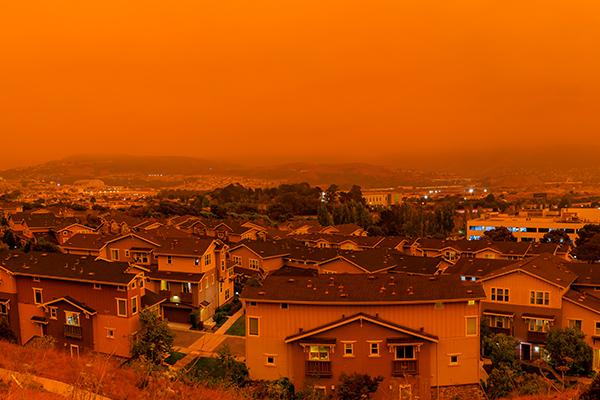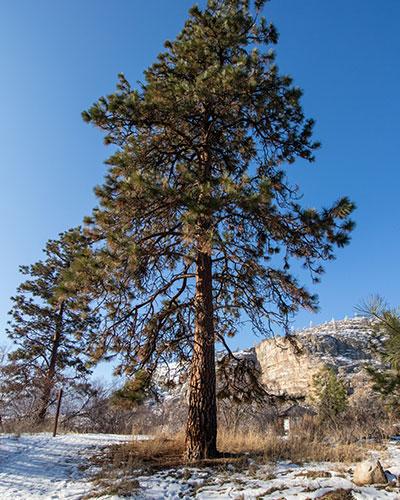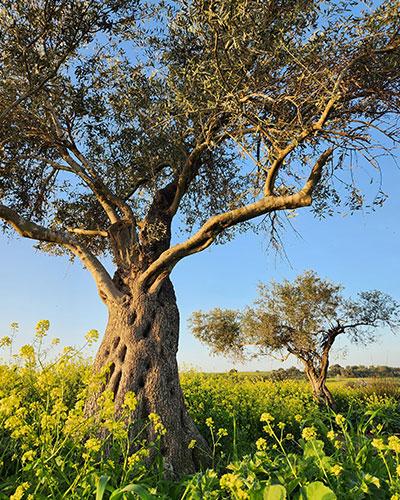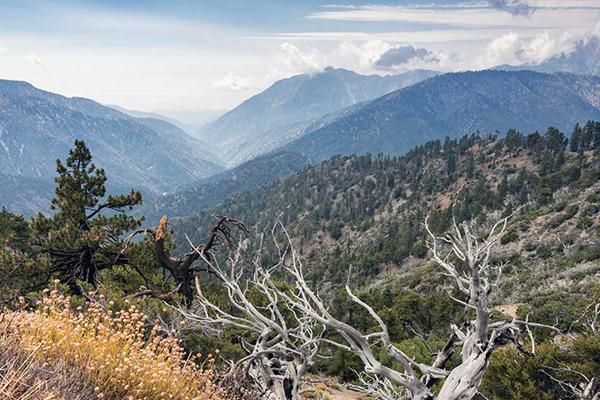
Wildfires Are Growing. What Can We Do to Help?
Globally, wildfires are burning twice the amount of forests they did 20 years ago. Find out why fires today are raging with more intensity and what must be done to give our forests a fighting chance.
See what must be done to give forests a fighting chance.








